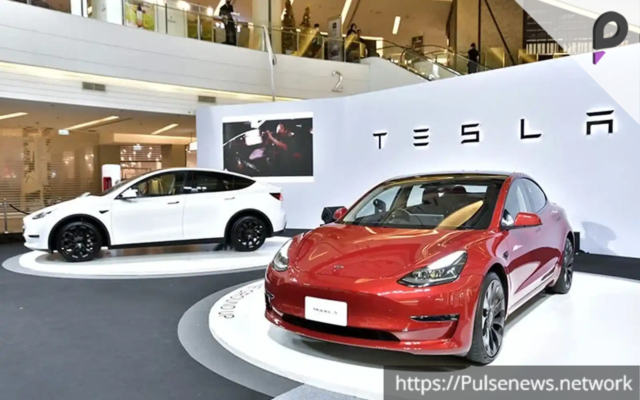In a significant move for the automotive industry, the Trump transition team has recommended eliminating a crucial car-crash reporting requirement that has been met with resistance from Tesla, led by CEO Elon Musk. This recommendation, outlined in a document reviewed by Reuters, could hinder the government’s ability to investigate and regulate the safety of vehicles equipped with automated-driving systems.
The Controversial Reporting Requirement
The crash-disclosure provision requires automakers to report accidents involving advanced driver-assistance systems (ADAS) or autonomous-driving technologies. Tesla has been diligent in reporting its crash data, with over 1,500 incidents submitted to federal safety regulators, notably the National Highway Traffic Safety Administration (NHTSA). The NHTSA has conducted several investigations based on this data, which has highlighted concerns regarding Tesla’s Autopilot feature and its safety implications.
According to the transition team, the reporting requirement is excessive and burdensome, with Musk’s influence possibly contributing to this viewpoint. The document’s exact role in shaping automotive policy under the incoming administration remains uncertain.
Musk’s Support and Political Contributions
Musk, the wealthiest individual in the world, played a significant role in supporting Trump’s election campaign, contributing over $250 million. The removal of the crash-reporting rule is seen as a direct benefit to Tesla, particularly as the company has faced scrutiny from NHTSA investigations stemming from the data it has provided. A Reuters analysis revealed that Tesla was involved in 40 out of 45 fatal crashes reported to the NHTSA through mid-October.
Impact on Safety Investigations
NHTSA officials have emphasized that crash data is essential for assessing the safety of emerging automated-driving technologies. The agency has received and analyzed data from over 2,700 crashes since implementing the rule in 2021, which has influenced numerous investigations and safety recalls involving various companies.
For instance, in September, NHTSA fined Cruise, a self-driving startup owned by General Motors, $1.5 million for failing to report a serious incident. This highlights the importance of accurate crash reporting for maintaining safety standards in the industry.
A Shift in Regulation
In addition to recommending the scrapping of the crash-reporting rule, the Trump transition team called for more lenient regulations surrounding autonomous vehicles. Musk has previously expressed his desire for a streamlined federal approval process for autonomous vehicles, arguing that navigating the current state-level regulations is cumbersome for automakers.
Following the election, Trump appointed Musk to co-lead a new Department of Government Efficiency, tasked with advising on reducing federal regulations and spending.
Tesla’s Position on Crash Reporting
Tesla’s leadership has been vocal about its dissatisfaction with the crash-notification requirement, arguing that the NHTSA’s presentation of data can mislead consumers regarding the company’s safety record. Tesla believes it provides more accurate crash data than its competitors, which contributes to its perceived disproportionate involvement in incidents related to ADAS.
Experts, such as Bryant Walker Smith from the University of South Carolina, suggest that Tesla’s extensive real-time data collection results in a higher reporting rate of incidents compared to other manufacturers. Tesla’s greater presence of vehicles equipped with driver-assistance technologies likely leads to a higher frequency of reported crashes.
Conclusion
The Trump transition team’s push to eliminate the car-crash reporting rule could have significant implications for vehicle safety regulation and the future of automated-driving technologies. While the move may benefit Tesla in the short term, it raises questions about the potential impact on consumer safety and the government’s ability to effectively oversee the rapidly evolving automotive landscape. As the debate unfolds, the automotive industry and consumers alike will be watching closely to see how these changes will shape the future of vehicle safety and regulation.











